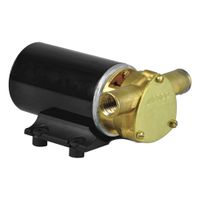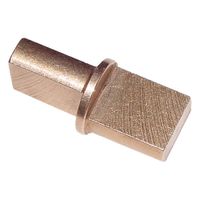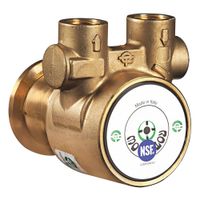Vane pumps differ from other types of pumps primarily in their design, operation, and applications.
1. **Design and Mechanism**: Vane pumps consist of a rotor with slots where vanes are fitted. These vanes slide in and out as the rotor turns, maintaining contact with the pump casing. This design allows for a consistent flow rate and is self-compensating for wear. In contrast, gear pumps use interlocking gears, centrifugal pumps use a rotating impeller, and piston pumps use reciprocating pistons.
2. **Operation**: Vane pumps are positive displacement pumps, meaning they deliver a fixed volume of fluid per rotation, making them suitable for applications requiring precise flow control. Centrifugal pumps, however, are dynamic pumps that rely on velocity to move fluid, which can lead to variable flow rates depending on system pressure.
3. **Efficiency and Pressure**: Vane pumps are efficient at low to medium pressures and are known for their smooth, pulse-free flow. They are less efficient at very high pressures compared to piston pumps, which are designed for high-pressure applications. Centrifugal pumps are generally more efficient for high-flow, low-pressure applications.
4. **Applications**: Vane pumps are commonly used in hydraulic systems, automotive applications, and low-viscosity fluid transfer. Gear pumps are often used for high-viscosity fluids, while centrifugal pumps are preferred for water, chemicals, and other low-viscosity fluids in large volumes.
5. **Maintenance and Wear**: Vane pumps have a self-compensating design that reduces wear, but they can be sensitive to fluid contamination. Gear pumps are robust but can suffer from wear due to metal contact. Centrifugal pumps have fewer moving parts, leading to lower maintenance needs.
6. **Noise and Vibration**: Vane pumps generally operate quietly with minimal vibration, unlike gear pumps, which can be noisier due to gear meshing.
These differences make vane pumps suitable for specific applications where precise flow control and low noise are critical.


